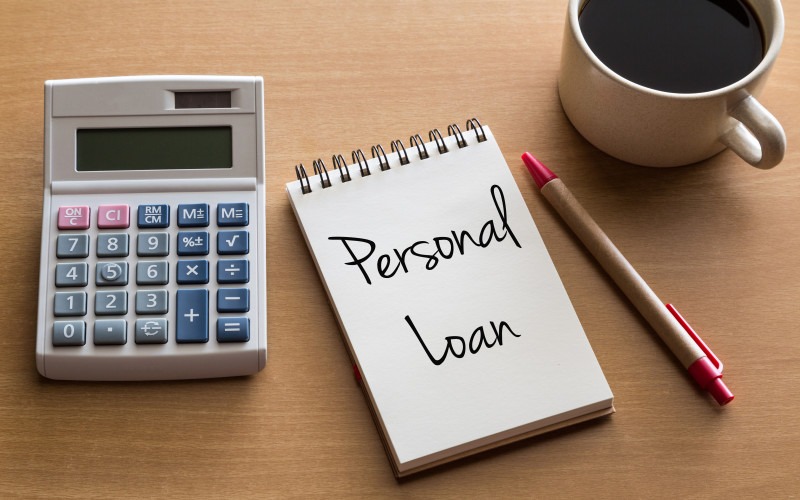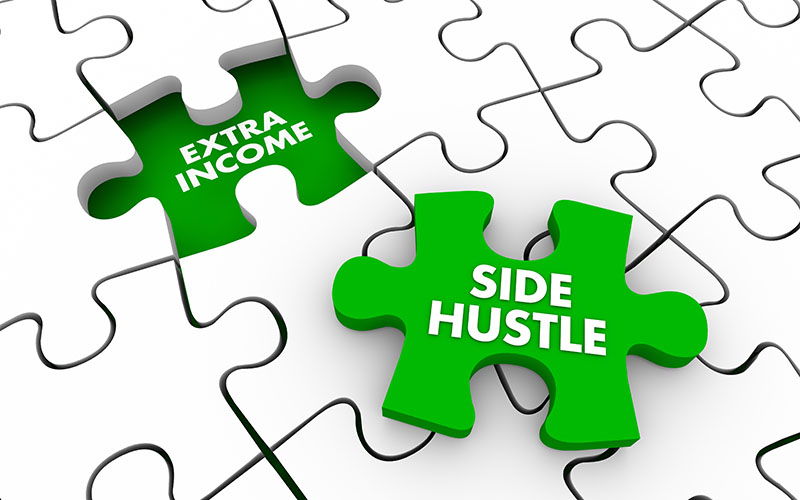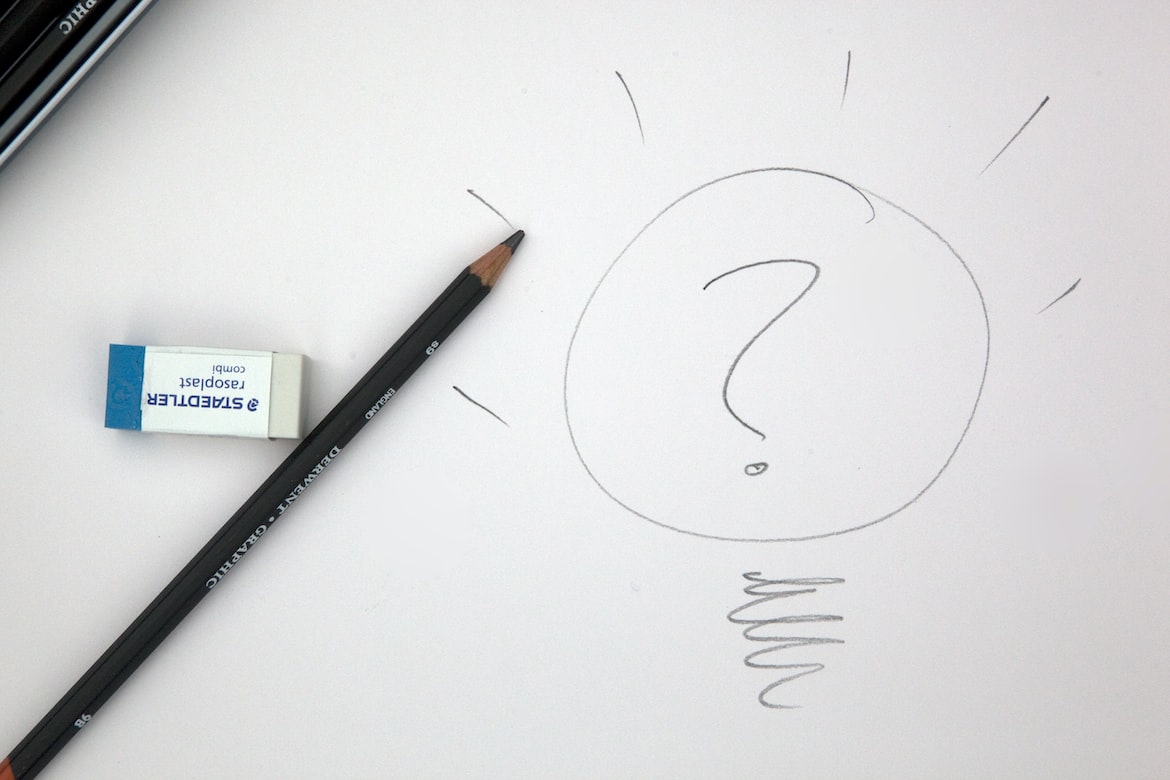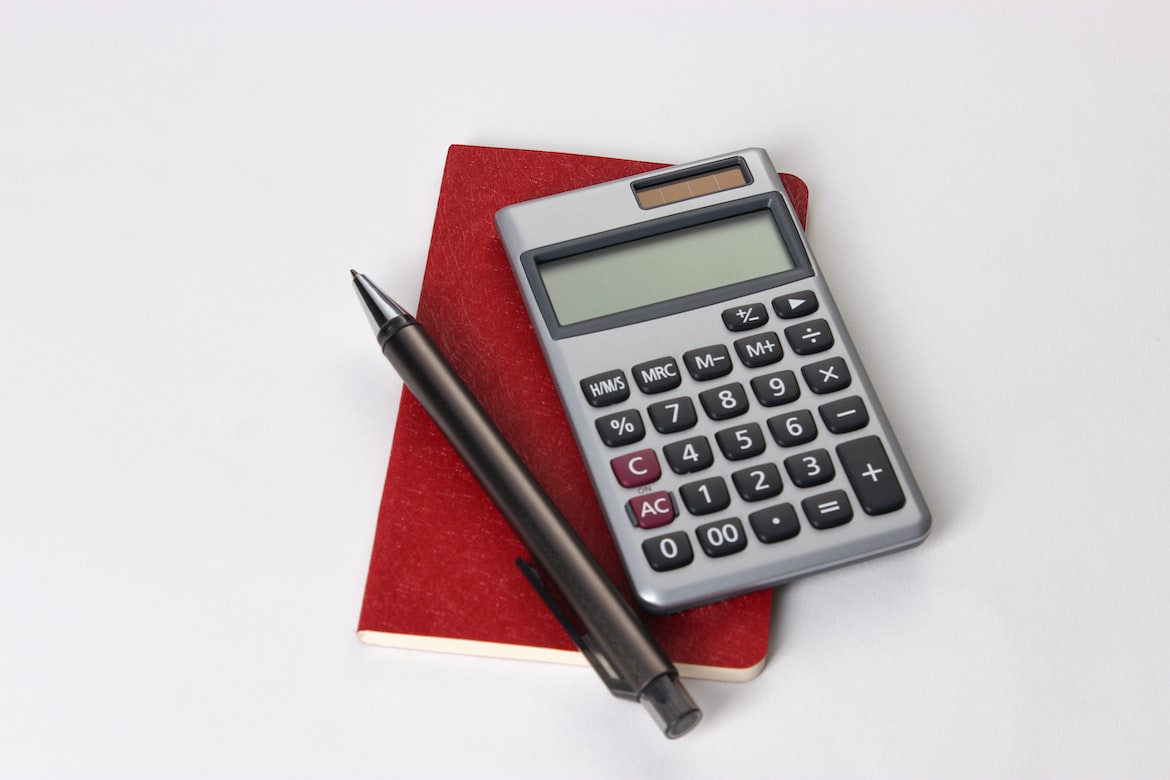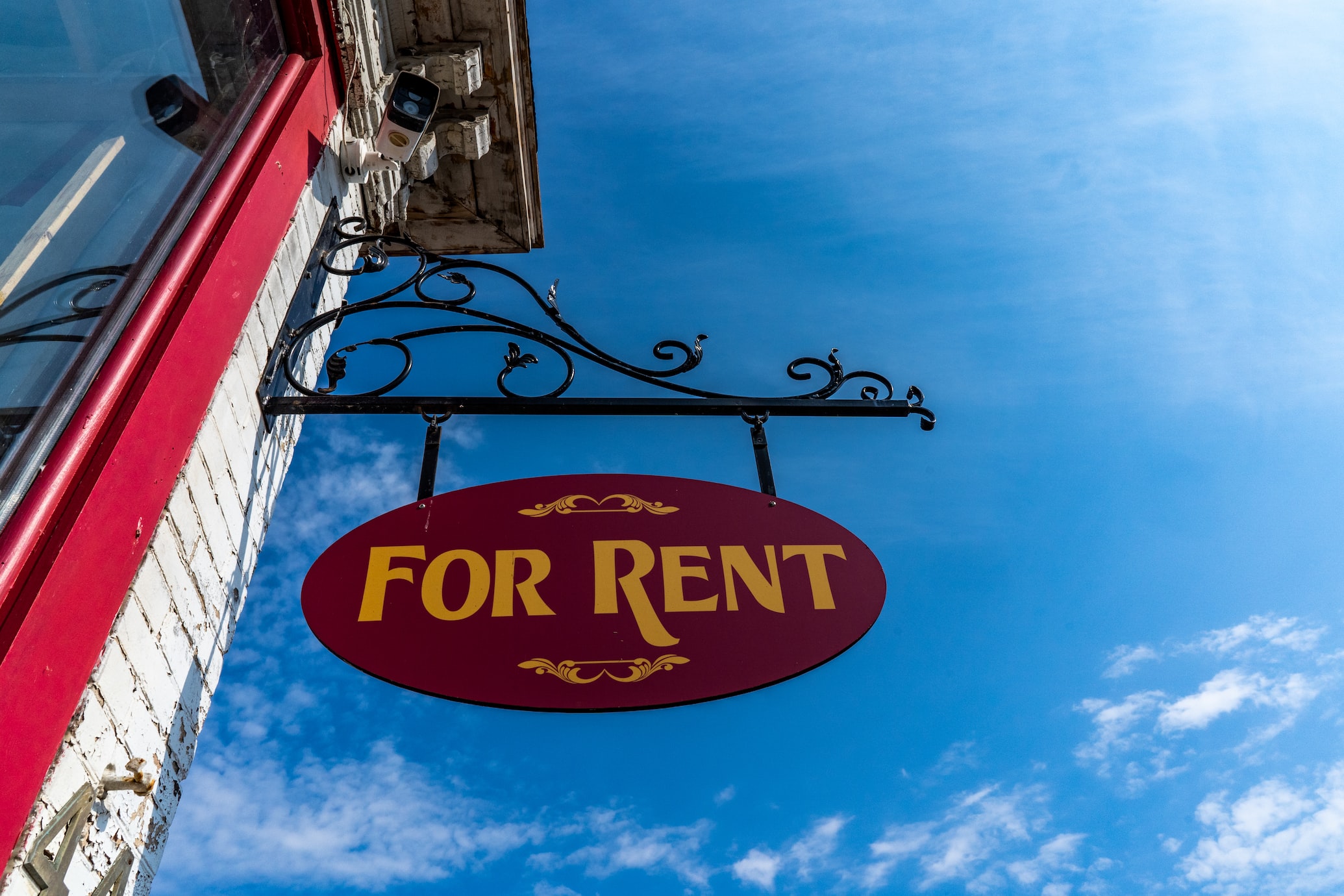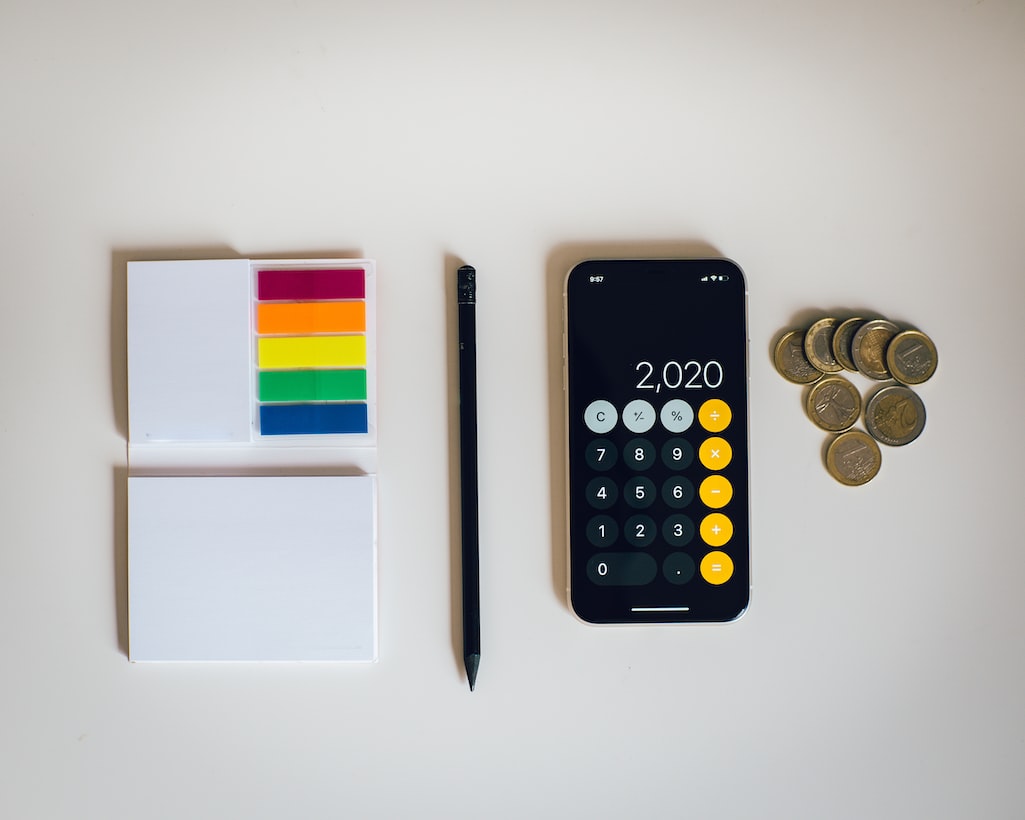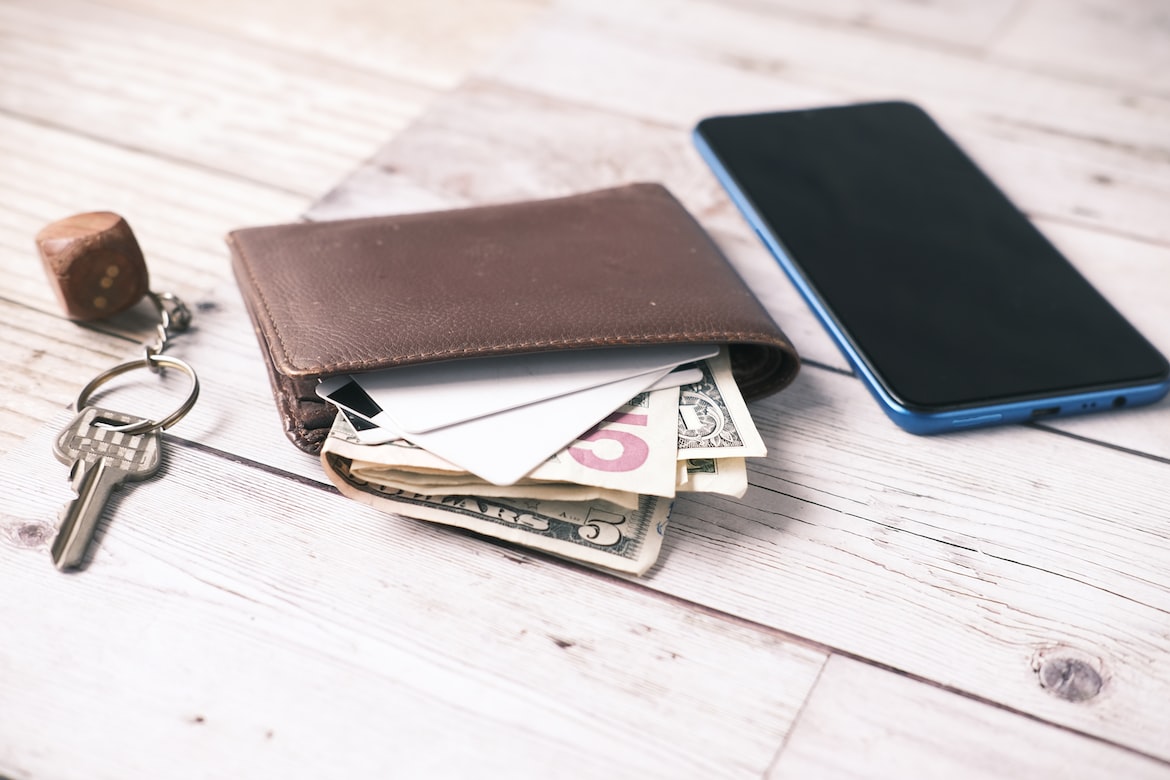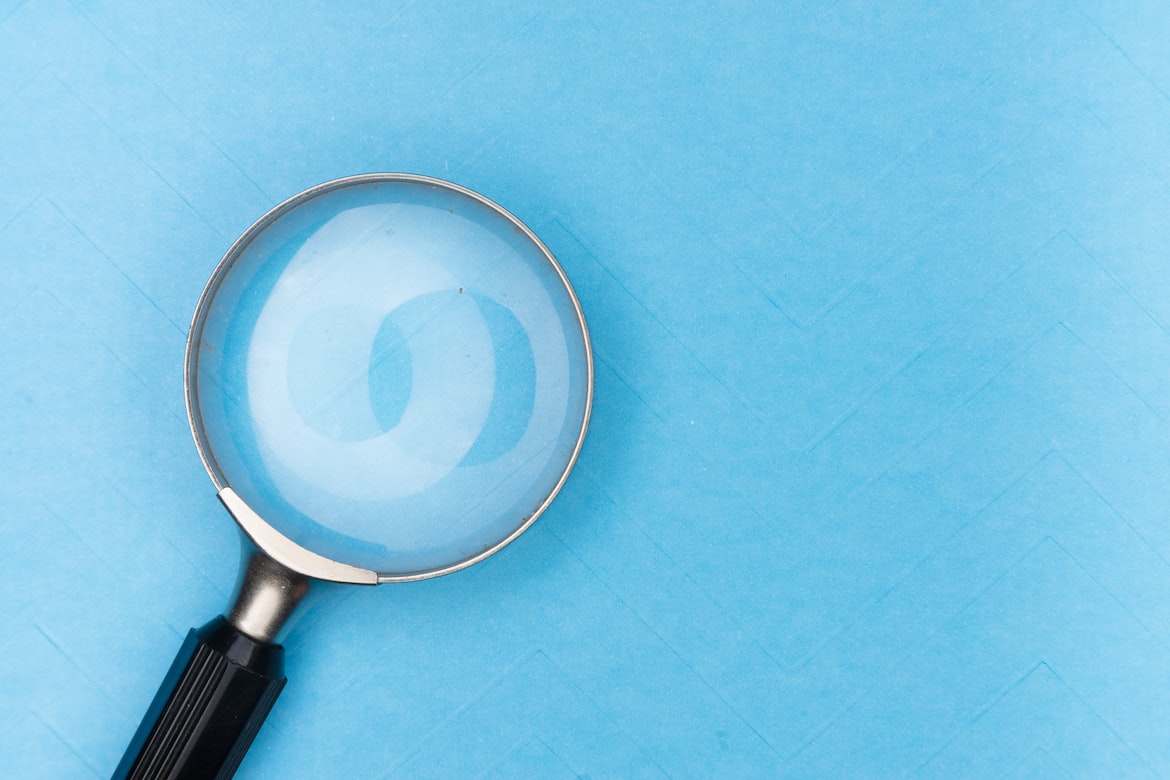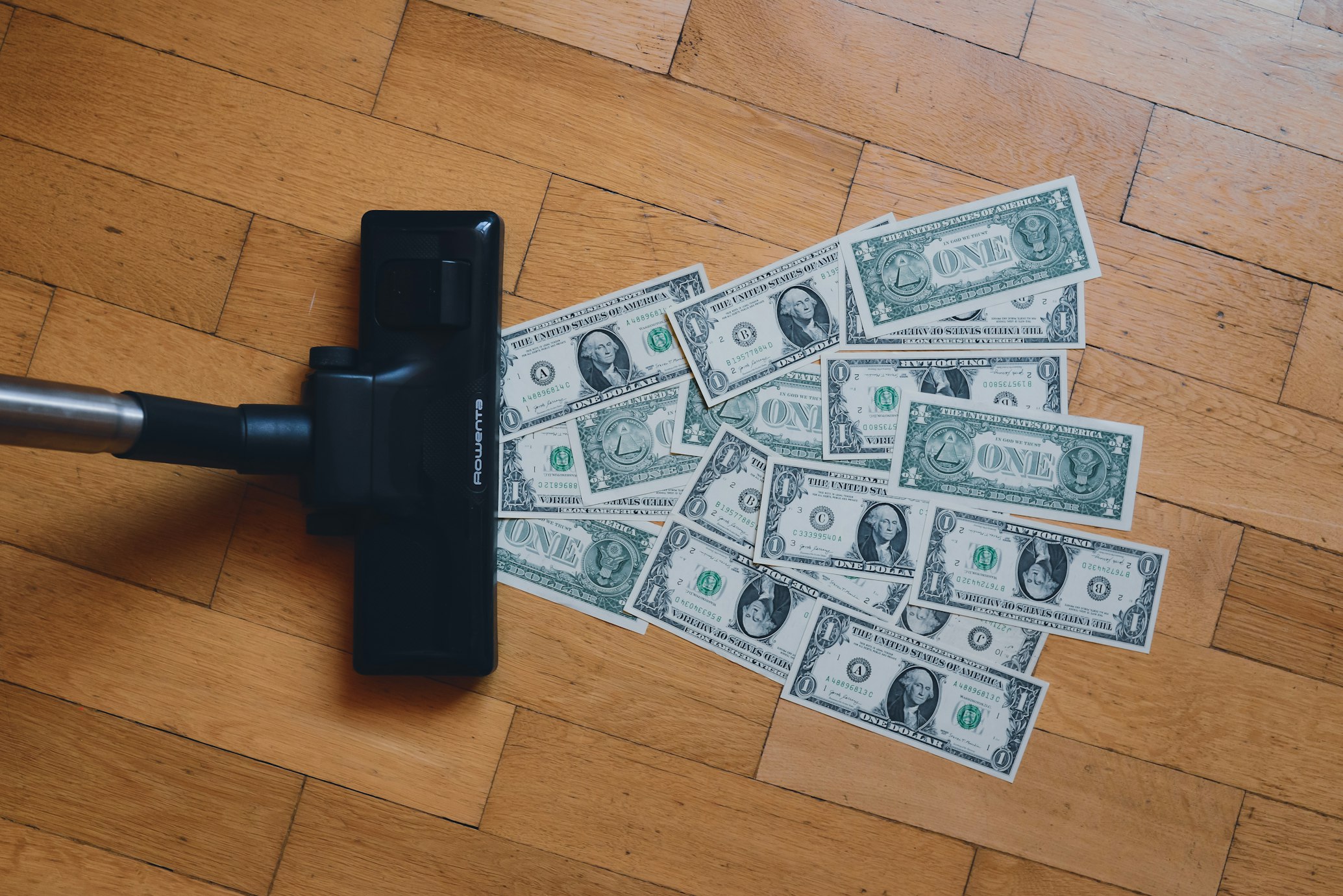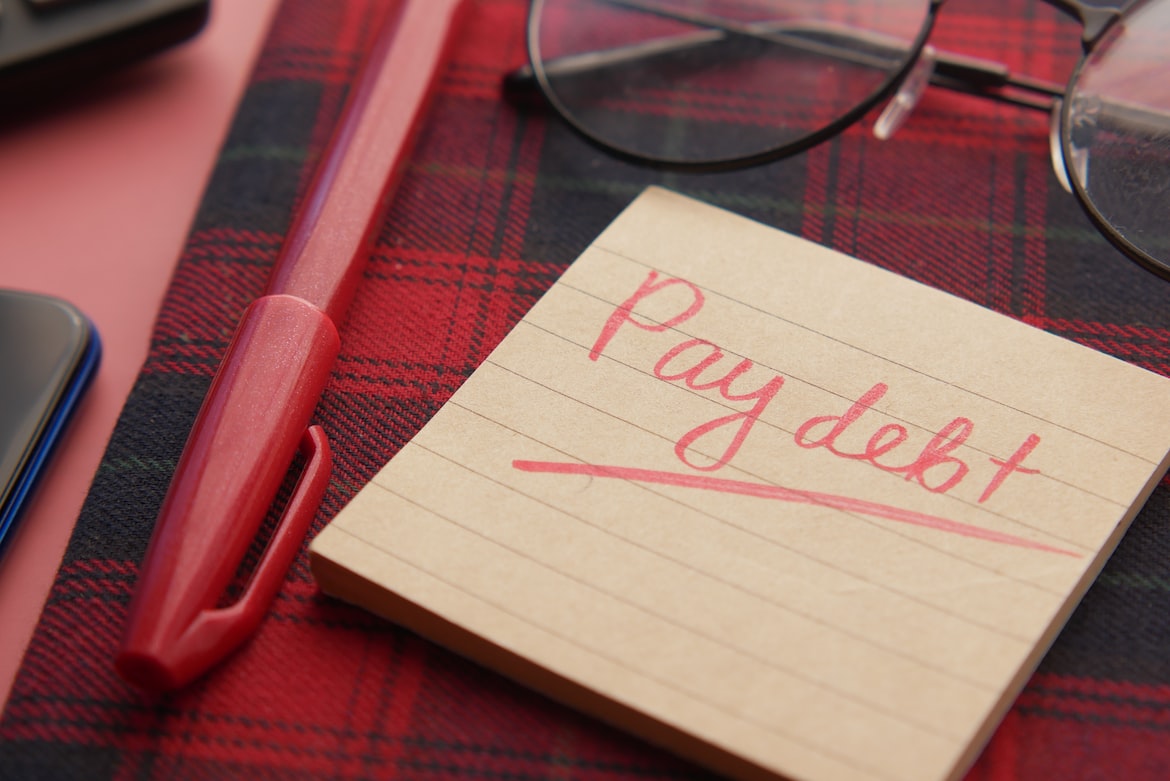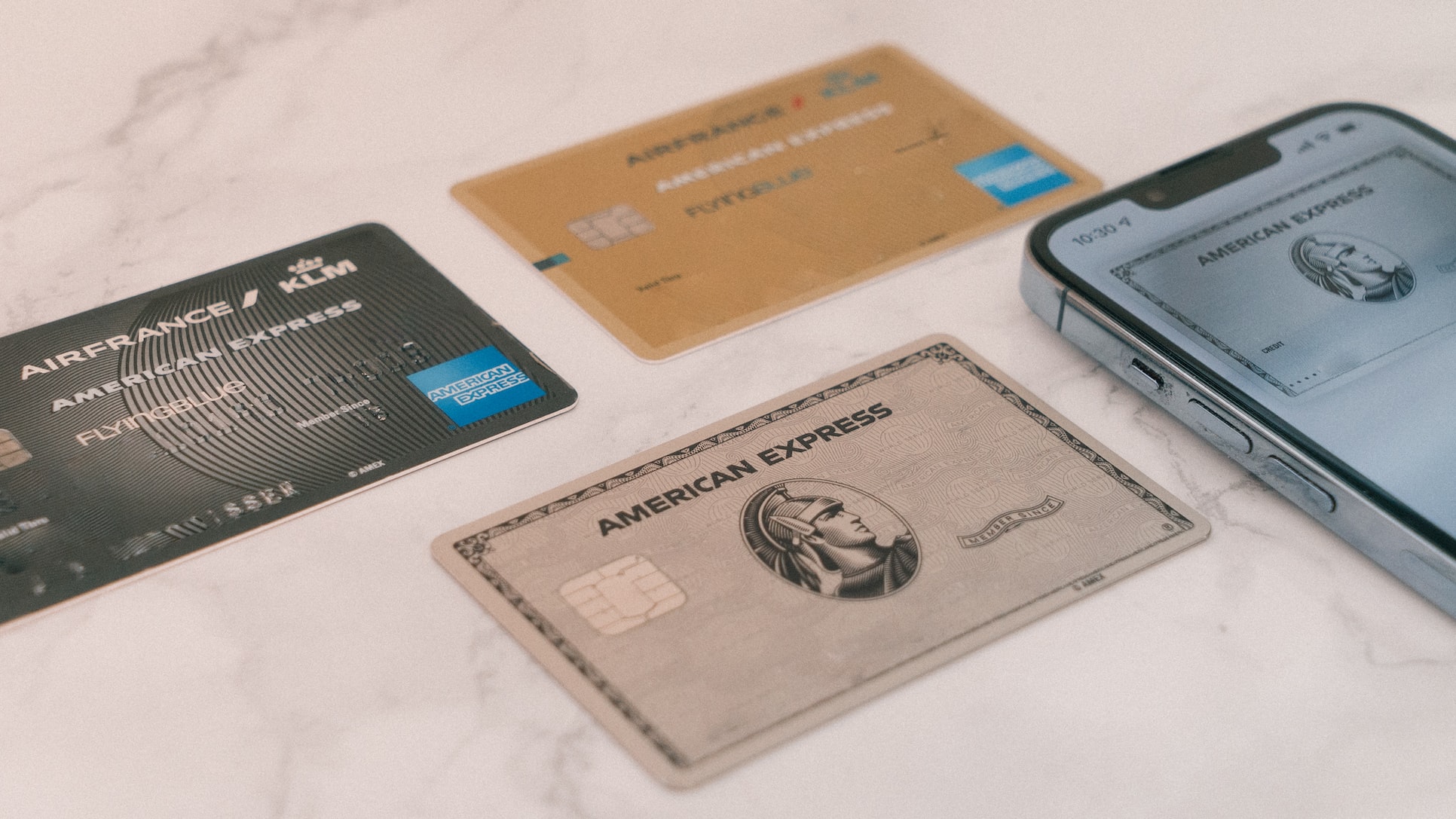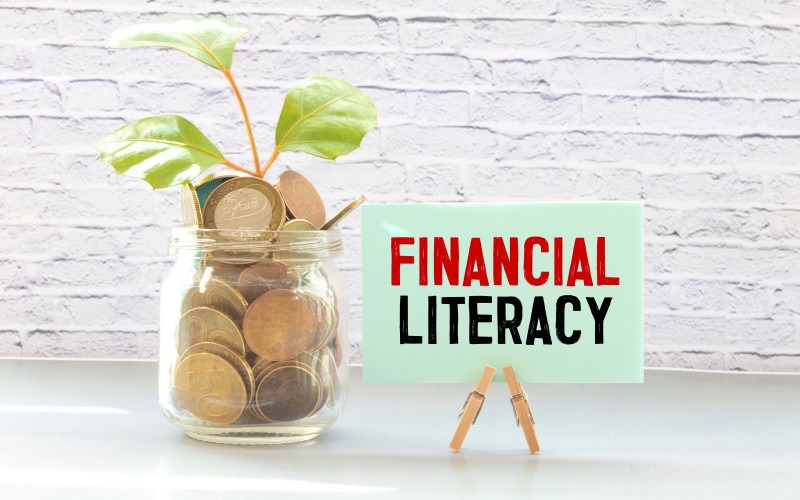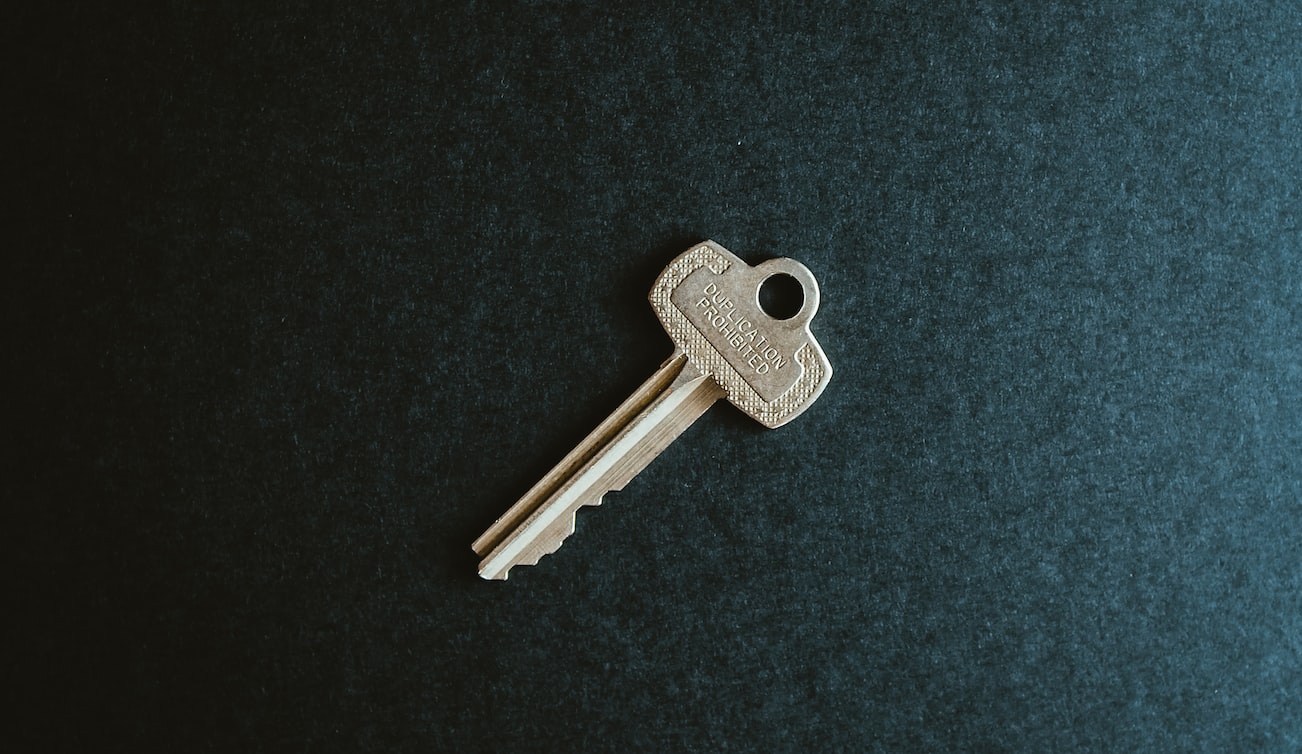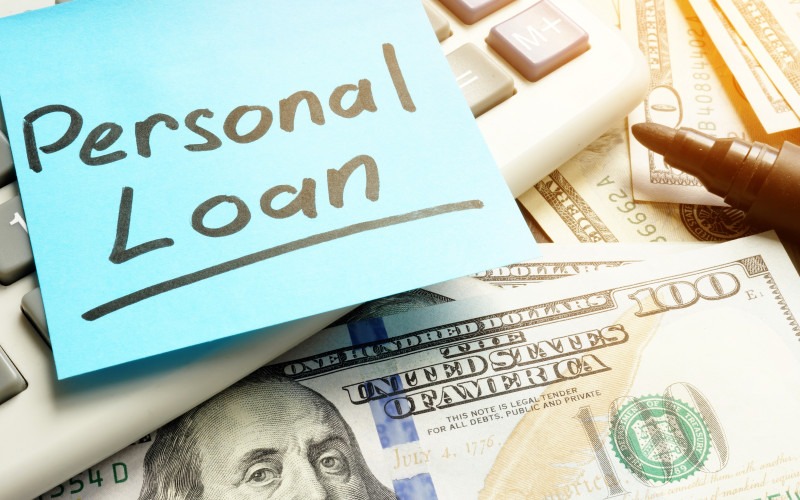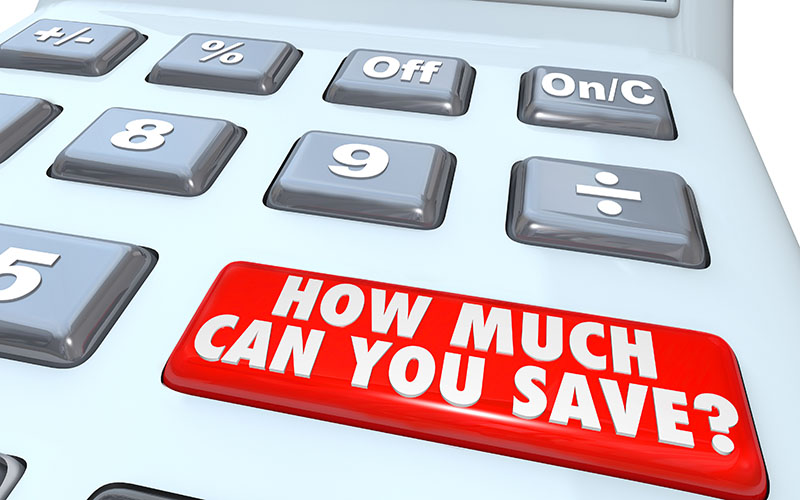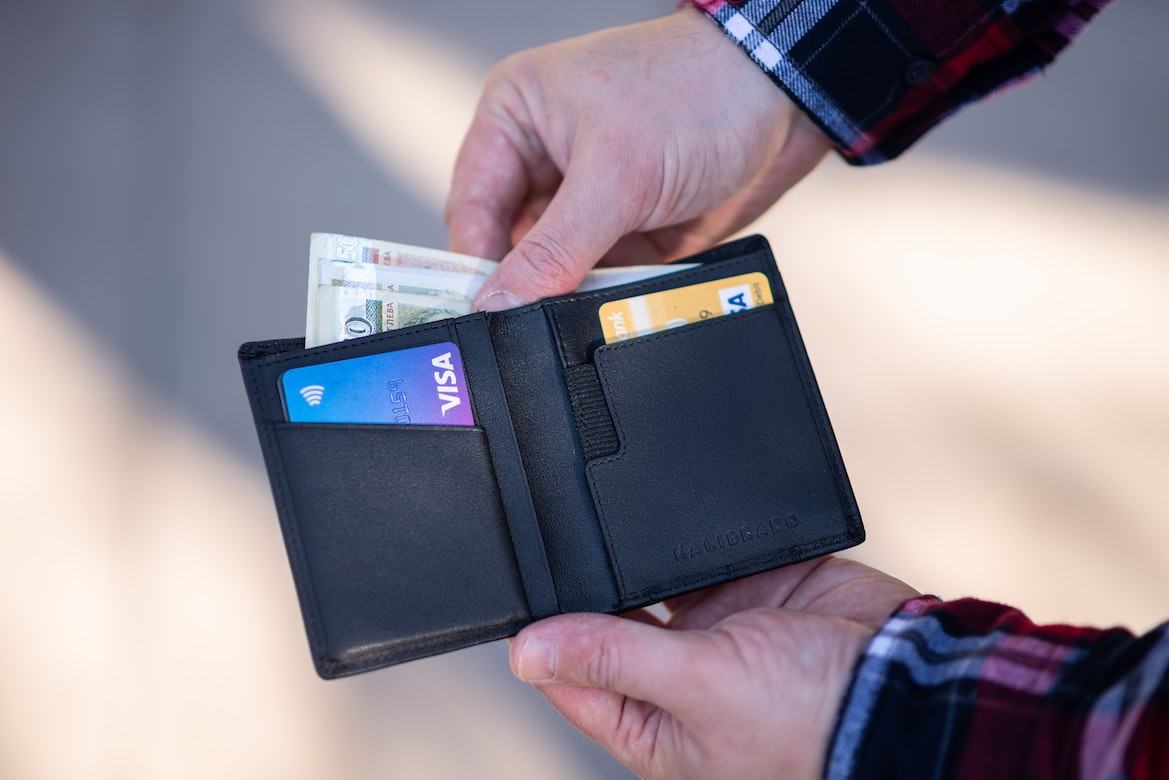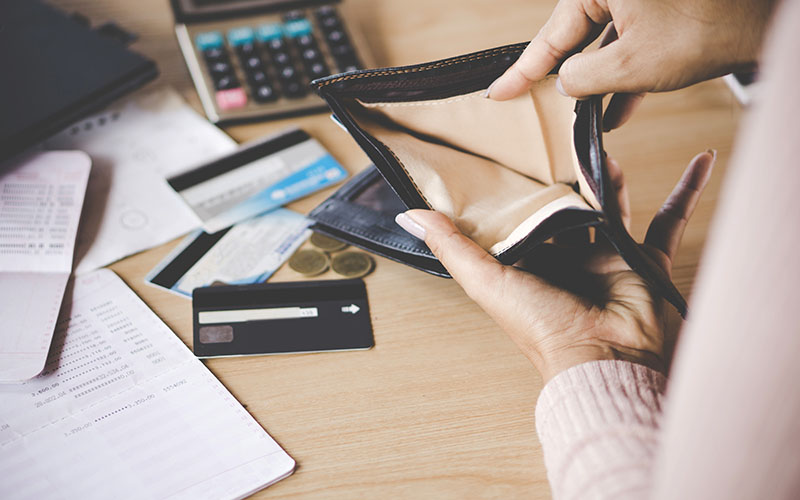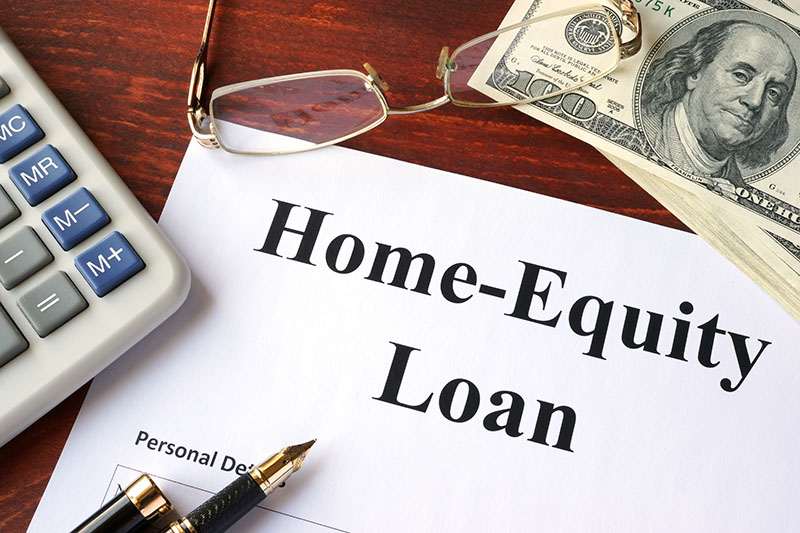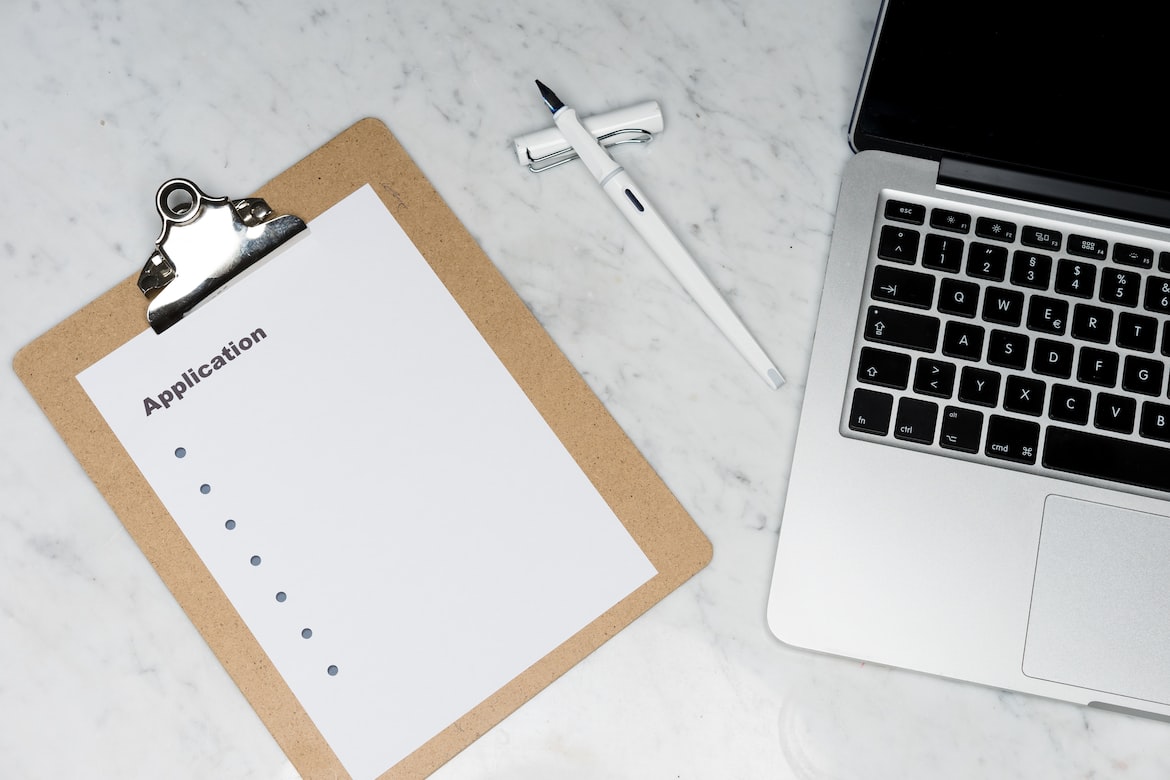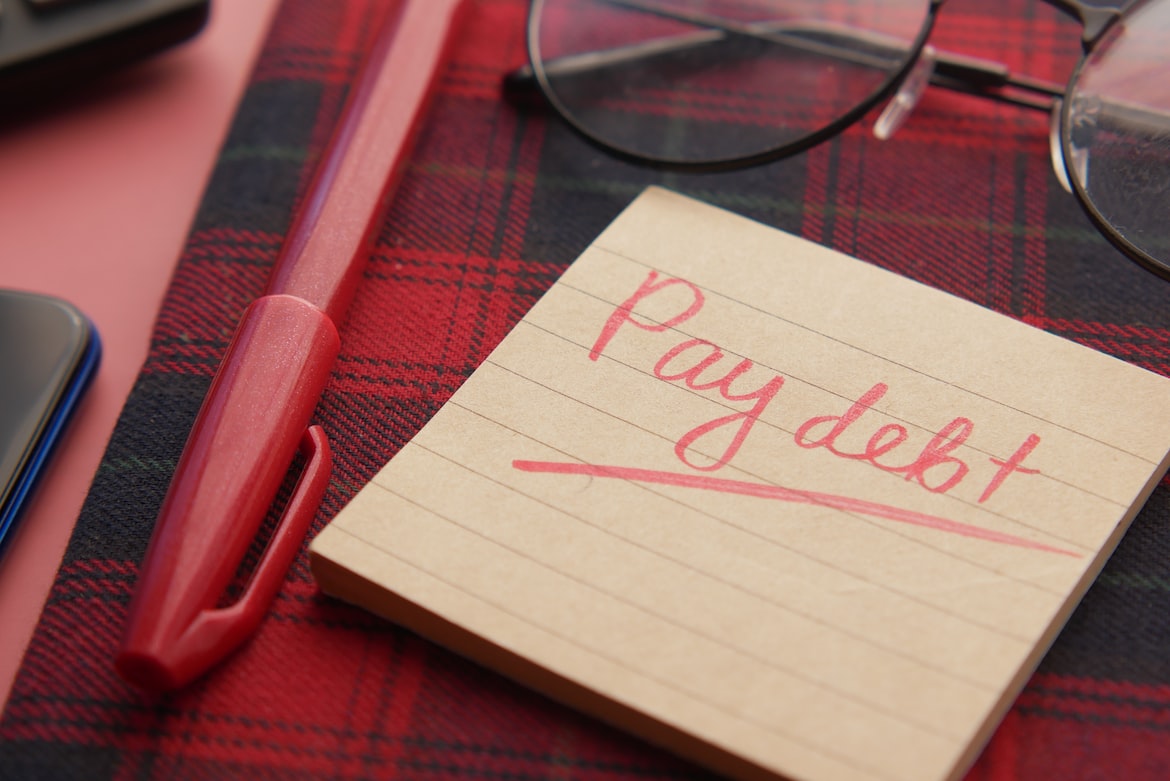Navigating Personal Loans: Secured vs. Unsecured Options
Key Takeaways
- Secured loans are backed by valuable collateral and come with better terms, whereas unsecured loans don’t require collateral but have less favorable terms
- It’s important to choose the right loan type suitable for your personal needs
- Compare different lenders to find the optimal loan offer

Personal loans are a versatile, accessible financing method that can help you overcome turbulent financial situations and achieve your goals. The two main categories of personal loans are secured and unsecured. Knowing which type fits your situation better can go a long way in improving your financial stability and management.
In this guide, we’ll go over the differences between secured and unsecured loans, as well as the pros and cons of each type.
The basics of personal loans
A personal loan is a flexible way to borrow a lump sum of money. You can obtain personal loans from banks, credit unions, and online lenders. As installment loans, personal loans require you to make regular, on-time payments that are usually monthly and fixed until you pay off the principal loan amount plus interest.
Personal loans may be used for a wide range of loan purposes, including:
- Debt consolidation
- Major transactions
- Weddings and vacations
- Medical bills
- Vehicle and house repairs
Loan applications can be completed online and in person. Prospective lenders will decide to approve your loan based on numerous factors, including your creditworthiness and your financial stability. Creditworthiness refers to how suitable you are to receive credit extensions or loans.
What are secured loans?
Secured loans (AKA collateralized loans) are backed by collateral assets chosen by the borrower. The lender’s appraiser will evaluate the value of the collateral, which determines the loan terms.
Generally, you can obtain a loan amount of half your collateral value.
Collateral types
Collateral essentially encompasses any asset that is accepted by the lender as security to back the loan. Common collateral includes:
- Property
- Cars
- Jewelry
- Collectibles
Whether an asset is accepted as collateral depends on the loan provider, as well as the valuation of your asset.
Pros of a secured loan
Lower interest rates: Secured loans generally have lower interest rates than unsecured loans. This lets you save more money in the long run on borrowing money.
Longer loan tenure: You can obtain a loan with a longer repayment duration if you back it with collateral.
Easier to obtain approval: Even if you have poor credit or low financial stability, you can still obtain a secured loan so long as you have assets to offer up as collateral.
Cons of a secured loan
Collateral is required: If you don’t have anything to give the loan provider as collateral, you can’t qualify for a secured loan.
Risk of losing collateral: If you fail to meet the repayment terms or pay off the loan plus interest in time, the lender is legally permitted to repossess the collateral. This means taking out a secured personal loan comes with the risk of potentially losing a valuable asset.
Requires collateral appraisal: The loan application process may take longer due to collateral appraisal. You may also need to provide documentation for your collateral.
Depreciating collateral value: Fluctuations in the market value of the collateral asset can lead to problematic situations. If your collateral’s value depreciates so much that it falls below your loan balance, it will become known as “underwater”. Being underwater on a secured loan such as a mortgage is undesirable.
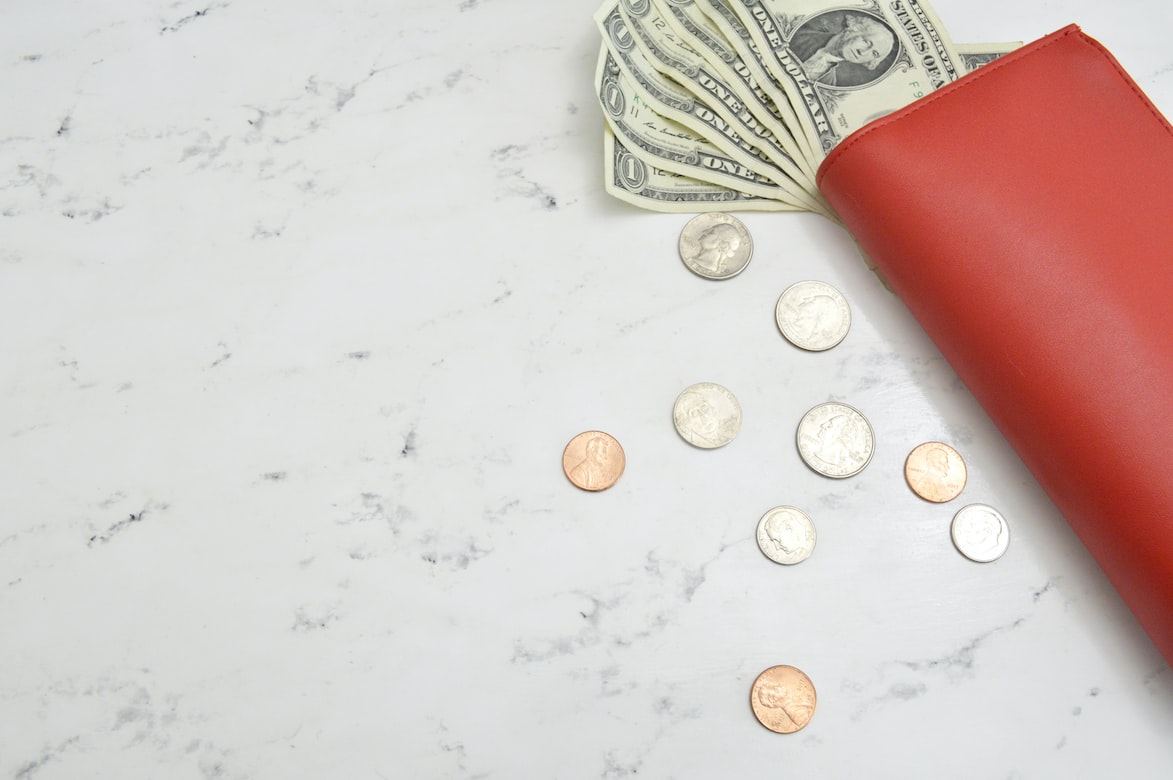
What are unsecured loans?
An unsecured loan does not require collateral. Instead, lenders evaluate loan applications mainly based on the applicant’s creditworthiness and financial stability.
While exact criteria vary depending on your chosen lender, here are the common factors used to assess borrower eligibility for unsecured loans:
- Credit score
- Credit history length
- Income and employment stability
- Credit utilization ratio
- Debt-to-income ratio
Pros of unsecured loans
No collateral required: An unsecured loan comes with the benefit of not needing collateral. Even if you default on the loan by failing to repay the debt, you won’t risk losing valuable assets such as a house or a vehicle title.
Flexible fund usage: Personal loans are a great financing strategy that allows you to circumvent the high upfront cost of your expenses. The lump sum you receive may be used for a wide range of purposes, helping you deal with unexpected expenses and meet long-term life goals.
Faster funding: The unsecured personal loan application is one of the fastest ways to obtain funding. Some lenders even grant same-day approval for unsecured loans. If you need fast funds, consider an unsecured personal loan.
Cons of unsecured loans
Lower loan amounts: Without receiving an asset as security, lenders will be less willing to lend you a high loan amount. If you need to fund a large project or major expenditure over $100,000, it is difficult to find an unsecured loan that suits your needs.
Higher interest rates: Unsecured personal loans usually have higher interest rates than secured personal loans. This means you may have a higher overall cost of borrowing.
Shorter repayment terms: Lenders may not be willing to grant you long repayment durations because of the higher risk they will take on in unsecured loans. This means you will have less time to prepare for repaying the entire loan, increasing your chances of a loan default.
Stricter eligibility criteria: It’s harder to qualify for an unsecured loan since you aren’t backing it with collateral. Lenders will assess whether you have a stable income, a high credit score, and a convincing credit history.

Comparing secured and unsecured loans
It’s critical to weigh the tradeoffs by choosing one loan type over the other before committing to a loan. There is no universally better choice. Instead, opt for the loan that better aligns with your individual circumstances.
Let’s go over the key differences between secured and unsecured loans to help you make an informed financial choice.
Interest rates
Whether a loan is backed by collateral can greatly influence the interest rate. The average interest rate for any personal loan is around 12 percent, with most loans ranging between 6 and 36 percent. If you choose a collateralized loan, you can likely enjoy a lower interest rate.
Borrowing limits
Supporting your loan application with collateral increases how much you can borrow. Secured loans generally grant you greater loan amounts than unsecured loans because if a borrower defaults on a secured loan, the lender can recoup their losses by seizing the collateral asset.
Repayment terms
Secured and unsecured loans can differ in flexibility and loan duration. A secured loan offer may give you more lenient repayment terms with longer loan tenures. This gives you more time to gather the funds necessary for repayment.
On the other hand, an unsecured loan typically comes with shorter loan tenures and stricter repayment terms. If you find yourself facing immediate financial challenges (e.g. job loss, natural disasters, etc.), you might prefer a loan with a longer tenure so you have more breathing room.
Risk assessment
Both borrowing and lending carry certain inherent risks.
The lender’s risk
The greatest risk to lending money is not getting anything back. If the borrower fails to repay the loan according to the designated loan agreement, the loan can go into default. Trying to recoup losses can be challenging, expensive, and time-consuming for the lender. Selling the debt to a collection agency may not recover the outstanding balance.
If a borrower declares bankruptcy, unsecured debts can be discharged. This results in a substantial loss for the lender. The lender’s risk is mitigated by the collateral in secured personal loans. This makes them more willing to accept negotiations and offer more favorable loan terms to the borrower.
However, even a secured loan has its unique risks. For example, if the collateral value depreciates significantly, even seizing the asset in case of a loan default will not help the lender recover their losses.
The borrower’s risk
Taking out a secured loan comes with a potential loss of collateral. This may mean losing a house, vehicle, or other valuable asset worth thousands of dollars. Because of this risk, it is advisable to only obtain a secured loan if you are willing to risk losing the asset in the worst-case scenario.
In addition, obtaining a loan means an immediate credit score decrease. Not only does the credit inquiry from a loan application drop your credit score by around five points, but your credit score can decrease further if you don’t properly manage loan repayment over the long run. Still, if you can effectively manage your debt through timely loan payments, having an active loan account is a good opportunity to increase your credit score.
Suitability: which loan type is right for you?
It’s important to take the time and review both loan types to see which one aligns better with your financial needs and goals. When assessing loan type suitability, here are some essential questions to ask yourself:
- What is the purpose of the loan?
- How much do I need to borrow?
- Do I have a valuable asset I’m willing to pledge as collateral and risk losing?
- Do I have a good credit score?
- How much risk am I willing to tolerate?
- What is my repayment capacity?
- How many existing debt obligations do I have?
A thorough examination of your own needs, budget, repayment capacity, long-term goals, and priorities can help you decide whether you should take out a secured or unsecured loan. You may also want to consider alternative avenues of financing, such as credit cards, lines of credit, and home equity loans.
The application process
1. Research lenders
It’s a good idea to research popular lenders for your loan type first. This way, you can get an idea of who might be a suitable choice.
2. Prepare necessary documentation
Many lenders provide an online checklist of what documentation you need to supply in the application.
3. Get preapproved
Prequalification and preapproval can mitigate the credit impact of applying for numerous loans in a short period of time. You can also see the expected rates and terms of the loan if you formally apply for it. This helps you save time by not going through the entire loan application process for loans you won’t qualify for.
4. Double-check your application
Review your application details and documentation to ensure there are no missing information or inaccuracies. Mistakes can lead to delays in the loan application and approval process.
5. Compare different rates
Unless you have an extreme time constraint, it is advisable to compare different interest rates and loan terms to determine which lender is best for you. Even a minor interest rate variation can lead to a big difference in the total cost of borrowing.
Tips for a smooth application process
To ensure a seamless loan application, here are some tips and possibilities to keep in mind.
- A co-signer or guarantor can help if you have poor credit
- Track your credit score and dispute discrepancies
- Improve your credit score by paying down your account balances

Secured and unsecured loans: legal considerations
Another aspect to consider is the legal one. As a borrower, signing the loan agreement means entering a legally binding contract. You will be expected to follow the agreement as outlined. Failing to repay the loan and adhering to the agreement terms can result in various negative consequences.
The role of credit in secured and unsecured loans
Your creditworthiness impacts both secured and unsecured loan terms. In general, the better your credit score, the more favorable terms you can receive.
Many free credit monitoring services allow you to track changes in your credit score. You can also obtain free credit reports from the three major credit bureaus of Equifax, Experian, and TransUnion. Visit https://www.annualcreditreport.com/ for more information.

Not sure where to find a personal loan? Here are reputable personal loan providers to get you started with loan shopping.
Edited by:
Bryan Huynh
•
Product Tester & Writer

